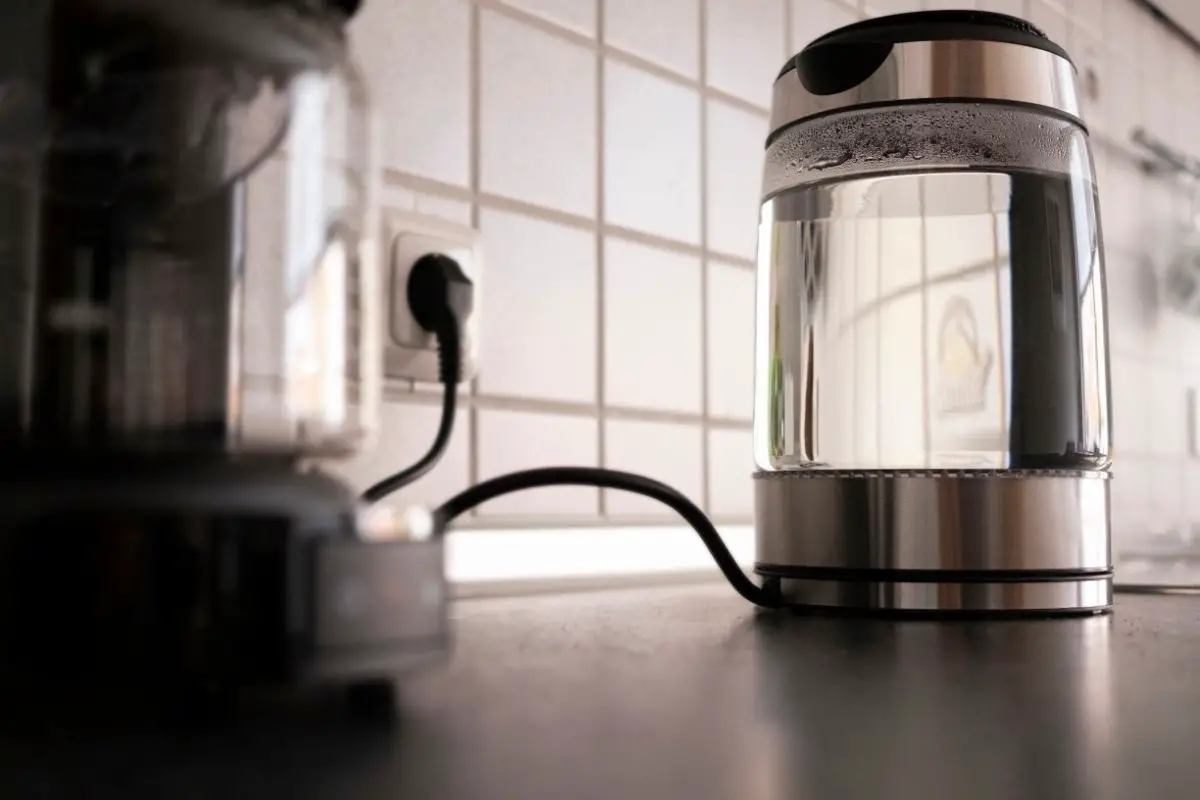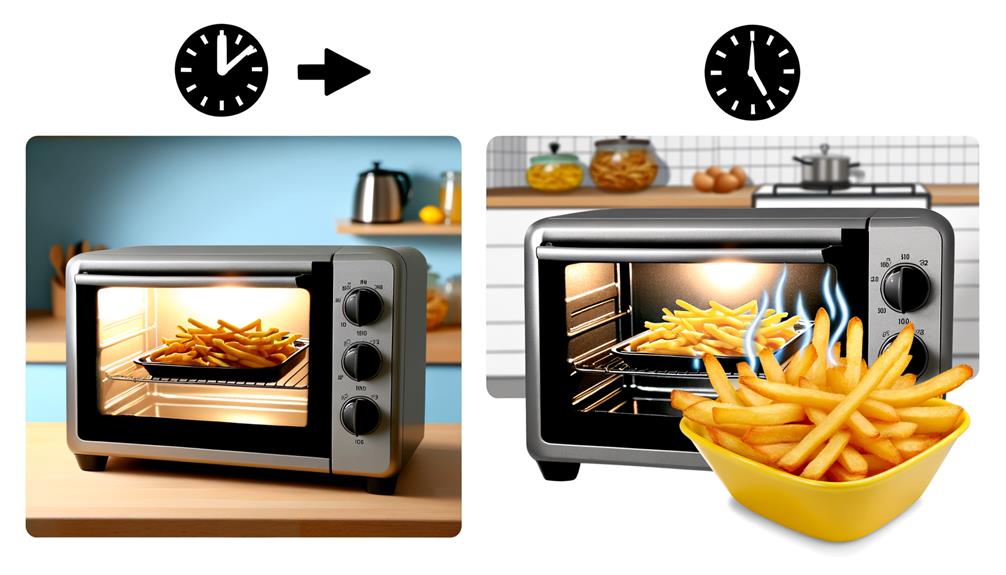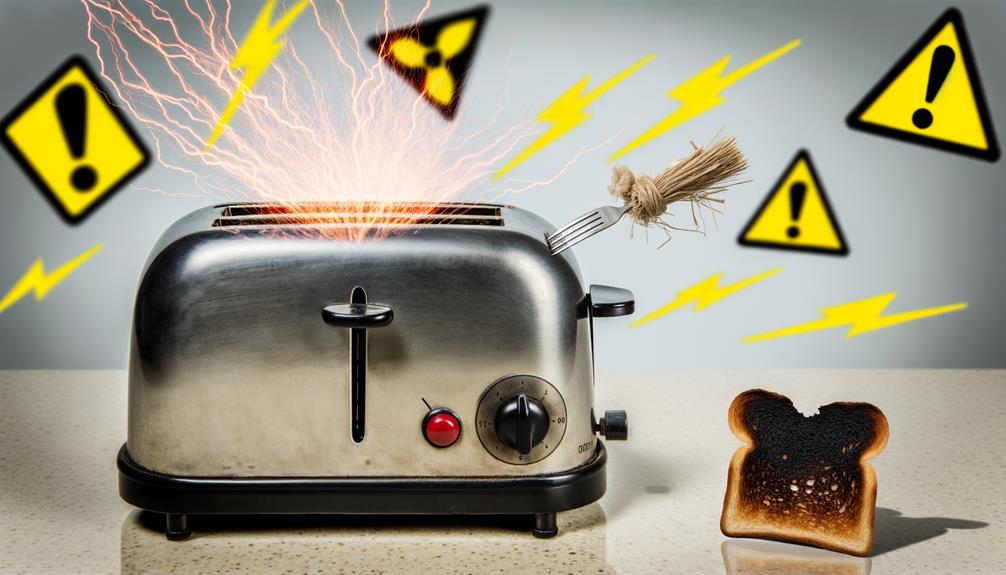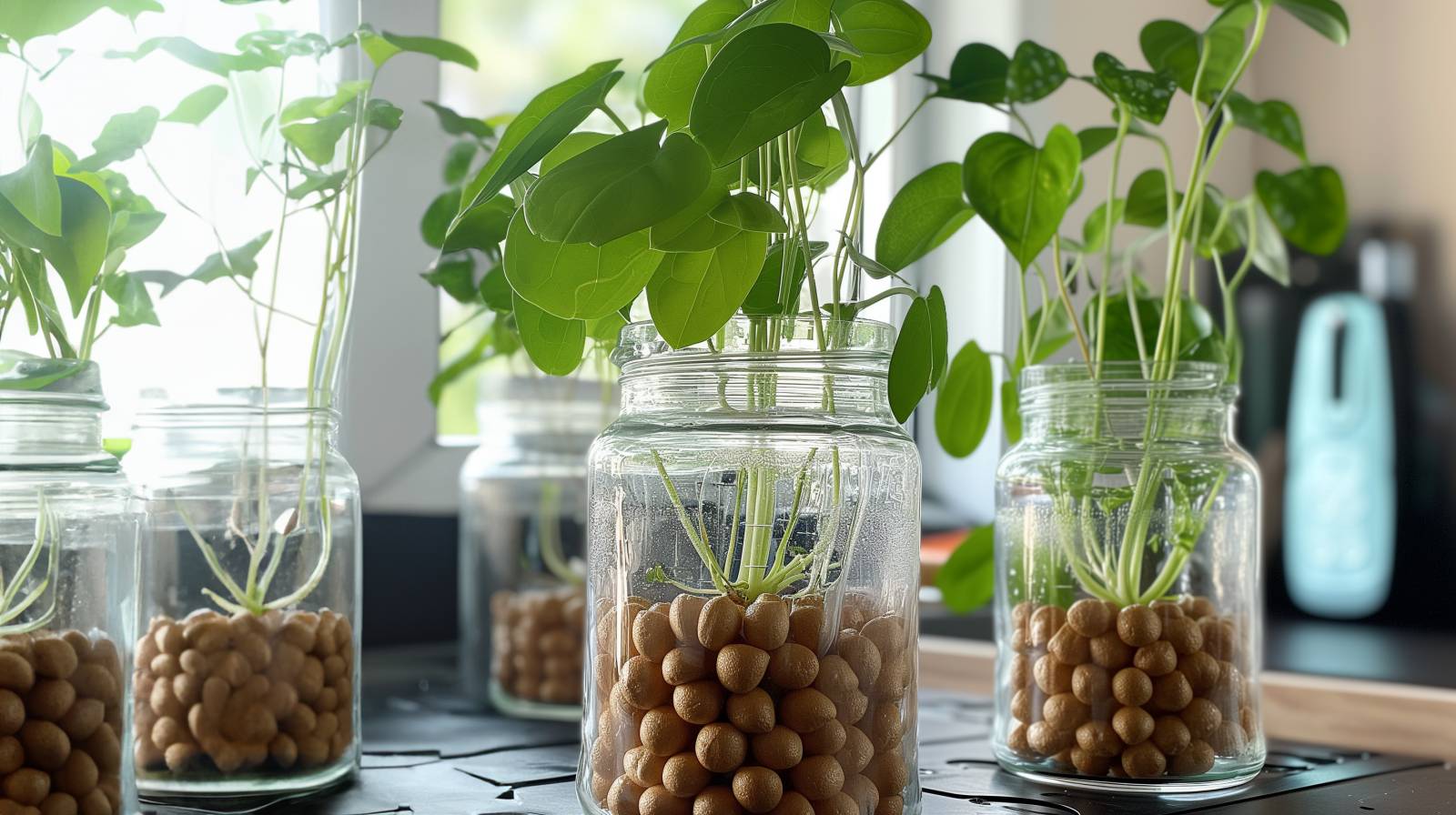Electric kettles are quick, convenient and for many of us, they’re the centerpiece of our kitchens. The days of waiting for boiling water from a pan are over.
Table of Contents
ToggleSimply add your water, click a button, and in minutes, the water for your soup, cleaning, soup, or tea, is ready in an instant.
However convenient or revolutionary the electric kettle may be, it doesn’t come without its setbacks.
Unfortunately, electric kettles are susceptible to build-ups of bacteria, dirt, and grime, which can leave a nasty taste in your mouth, and put your health at risk, too.
Thankfully, cleaning your electric kettle doesn’t have to be arduous and time-consuming.
There are plenty of simple and effective methods you can use to clean up your device, and we’re here to walk you through them.
Stick with us to learn the most effective ways to clean your electric kettle.
How Often Should You Clean An Electric Kettle?

If you want to keep your kettle in tip-top condition, you should be cleaning the exterior at least once a week to keep things shiny and presentable.
To reduce your risk of exposure to nasty bacteria, you should be cleaning and descaling the inside of your kettle every four to eight weeks.
Now you know how often you should be cleaning your kettle, let’s walk you through all the bits and pieces you’ll need to get started.
What You’ll Need
- White vinegar (distilled), lemon juice, or citric acid powder
- Dishwashing liquid
- Baking soda
- A Microfiber cloth
- Soft sponge or brush
Step One Method One: Vinegar
Your first step should be to descale your kettle with vinegar. Make sure you’re using distilled white vinegar for this bit.
Fill your kettle to about half its capacity with an even solution of water and distilled vinegar.
Boil this up, but make sure to switch off the kettle before it shuts off. Let the vinegar solution soak for around 20 minutes.
Once this is done, throw your solution away.
Step One Method Two: Lemon Juice Or Citric Acid
If you don’t want to use distilled vinegar (let’s face it, that smell isn’t for everyone), you can use some freshly squeezed lemon juice or a citric acid powder instead.
To do this, create another solution of juice or powder (two tablespoons), and mix it with half a kettle full of water.
Now, bring this to boil, and as above, turn it off manually before your kettle shuts itself off.
Like the vinegar method, leave this solution to sit in your kettle for around 20 minutes before throwing it away.
Both of these methods should draw out any of the excess dirt, grime, or even mold (yuck) harbored inside of your kettle.
This is just the start of the process, though. So now we’ll walk you through the rest of the cleaning process.
Step Two: Power Down
Before you get stuck into the next steps, you’ll need to switch off your kettle. Then, wait for it to cool and unplug it from the mains.
If your kettle has a water filter, you’ll need to take this out before you begin deep cleaning the inside.
Step Three: The Water Filter
If your kettle has a water filter or cartridge, it’s time to take this out and give it a close inspection.
Follow your manufacturer’s instructions to remove and clean this. If the filter is particularly dirty, it may need replacing.
These days, most electric kettle filters are metal. This means you can soak them in the same vinegar and water solution and leave it to soak for around five minutes.
Once this is done, clean up your filter with a hard brush and rinse it with fresh water to get that distinct vinegar smell off your filter.
Step Four: Scrub, Scrub, Scrub
Now it’s time to give the inside of your kettle a meaningful, proactive clean.
For this part of the process, you’ll need to use a soft sponge (no intense scourer required) or a soft brush to clean any dirt or debris away from the inside.
This will loosen any nasty grime away from the edges if it wasn’t removed with your cleaning solution.
At this point, you should be paying close attention to any hard-to-reach areas, such as the spout or other crevices inside the kettle.
These are likely to retain build-up and will need extra attention and arm work to remove mineral build-up, grime, or mold.
Step Five: Finishing Touches
Now it’s time for the finishing touches.
At this point, the inside of your kettle should be squeaky clean – but what use is this if the outside is filthy?
Get yourself a clean microfibre cloth and dip it in a solution of warm water and dish soup.
Gently wipe around the outside of the kettle and start removing any noticeable marks.
If you find some of these stains are particularly stubborn, you could lightly scrub in some baking soda to ease them off.
However, avoid using a rough scourer or brush, as this may damage the exterior of your kettle and leave it looking damaged or scratched.
Once you’ve cleaned the exterior with a wet cloth, go over your handy work with a dry cloth to prevent any unappealing streaks from settling on the outside.
Remember: NEVER fully submerge your electric kettle in water. This will damage the electronics and can present a serious risk to your health.
When you need to clean your kettle, only fill up the interior with water and lightly scrub the outside with a damp (not soaking) cloth.
Once your kettle is squeaky clean, you can go ahead and give it a final rinse and put back together any disassembled components.
To ensure all the cleaning solution has left your kettle, you may wish to give it more than one rinse.
This will also help life away from any lingering mineral build-up you didn’t manage to get with your brush or sponge.
The Bottom Line
Can you imagine life without a kettle? We can’t. From coffee and tea to meals and cleaning solution, an electric kettle serves an abundance of purposes.
This is why it’s so important to care for your kettle and protect it against dirt and grime buildup.
Keeping your kettle in peak condition will save you money in the long run and keep your boiled water as clean and fresh as possible.









